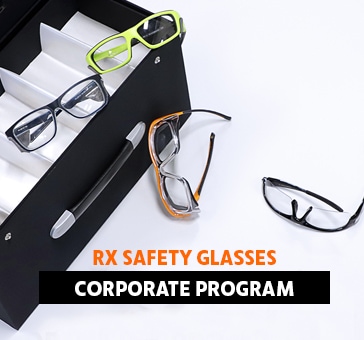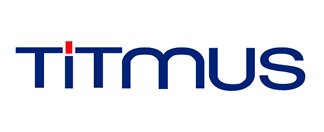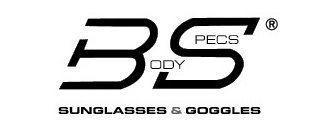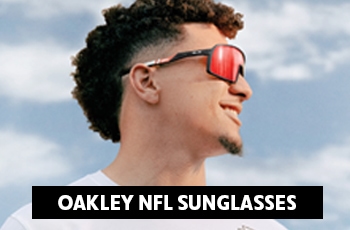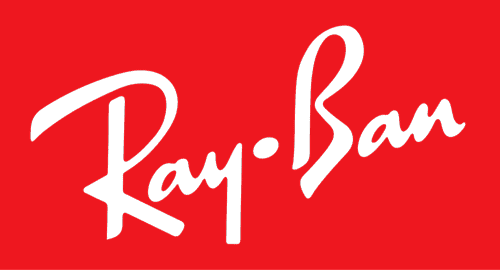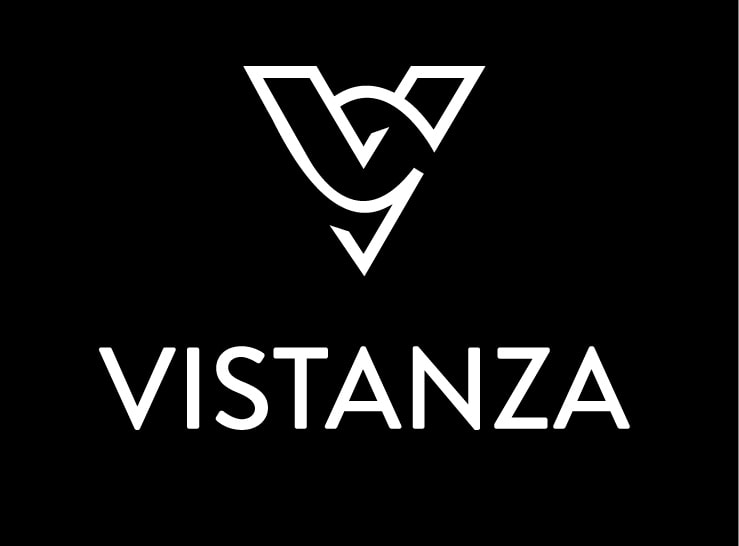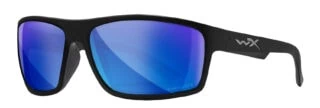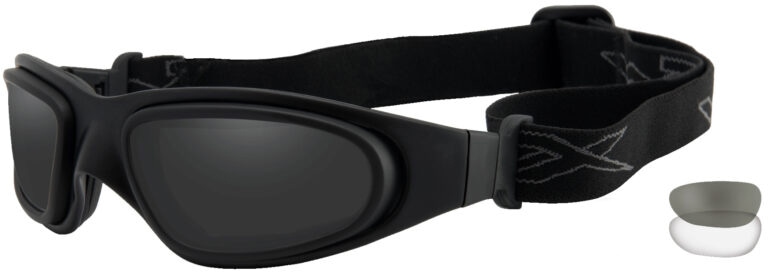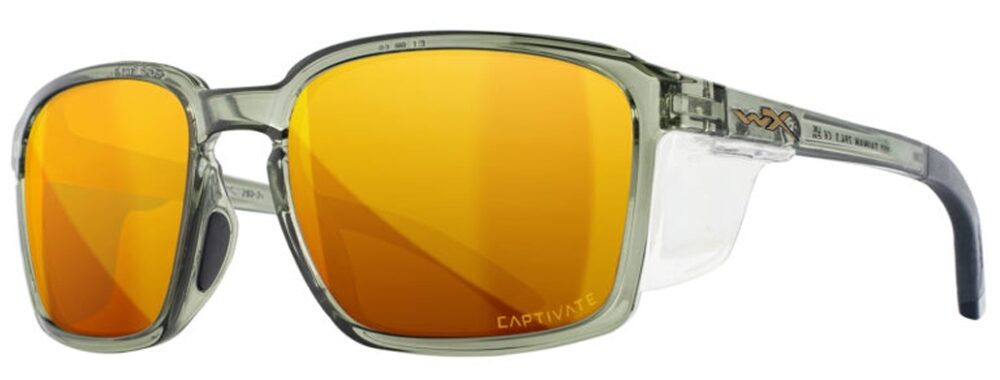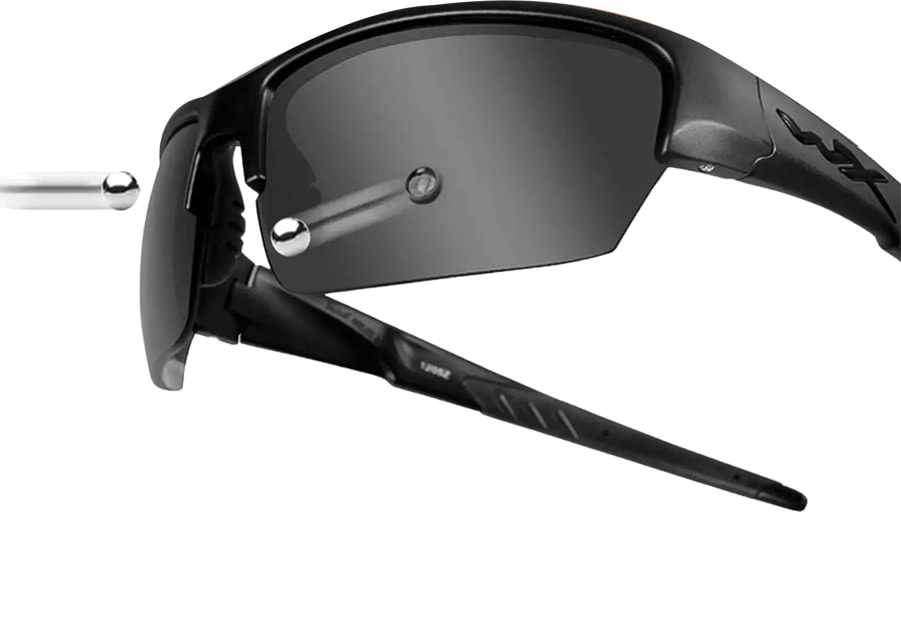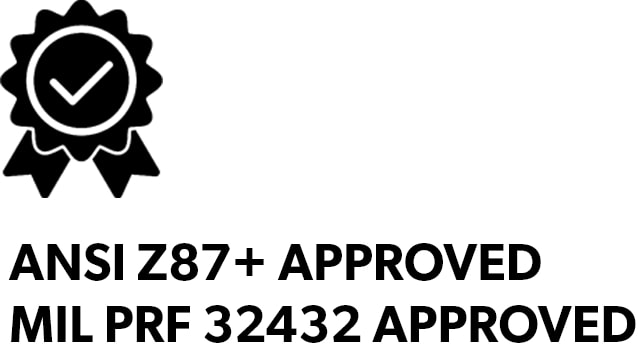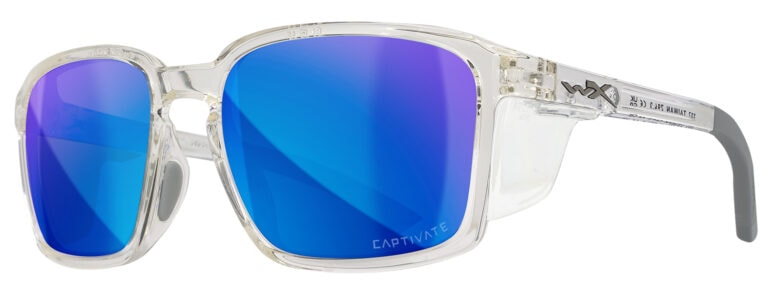Absolutely! RX-Safety offers a comprehensive range of Transition lenses for all Wiley X frames. Our transition lens offerings include the renowned Transition Signature 8, Transition Xtractive, and Transition Xtractive Polarized lenses. These cutting-edge lenses seamlessly adapt to changing light conditions, providing optimal vision and daily protection. Whether indoors or outdoors, these lenses intelligently adjust their tint to ensure clear vision and shield your eyes from harmful UV rays.
We provide the Transition Xtractive and Signature series in brown and gray to cater to your style and visual preferences. This allows you to choose the hue that best suits your taste and seamlessly complements your Wiley X frame. Whether you prefer a warm, earthy brown or a classic and versatile gray, we’ve got you covered.
When you browse our selection, you’ll find all Wiley X frames compatible with our transition lenses. This means you can enjoy adaptive eyewear benefits without compromising style or quality. Wiley X frames are known for their durability, comfort, and stylish designs, making them an excellent choice for those seeking functionality and fashion.





